In Satya Yuga, a sage by name Purupunyar lived with his wife Satyavathi in Badarikashram. They had no children. Purupanyar performed a Sali Yajna (Putrakameshti Yaga) with great fervor and devotion. The sage offered thousand ahutis (oblations of ghee to the sacrificial fire after chanting the mantra each time) every day, for one full year. On the last day, when Purnahuti (the final offering) was performed, Lord Narayana was pleased with the austerity of the ritualistic observances of the sage and appeared in the sacrificial fire in a blissful mood to offer boons. The sage prayed for a noble son. The boon was granted with the condition that he should be named after the name of the Yajna as Salihotran.
“Saali” means measurement instrument which is used to measure the weight or quantity of rice. Saalihothirar’s parents did a homam which has to be done for one year using twenty eight thousand Saali Rice. As the result of that homam only, he got his birth and got the name as “Saalihothirar” or Salihotran.
With this blessing, Lord Narayana disappeared. Then the sage collected the ash strewn around the Yajna Peetha and gave a handful of it to his wife to take in with great veneration as Prasadam. In the tenth month after that, a glorious son was born to Sage Purupunyar. The child was named Salihotran as ordained by Lord Narayana. With the growth of years, the child showed signs of precocity and started on a pilgrimage visiting many temples.
On Tai Amavasya day (new Moon day in Jan-Feb), he reached Tiruvallur where he found that Lord Brahma, other devas and great sages like Vasishtha were engaged in taking bath in the Hrittapanasini tank. They all asked him to do the same. Enriched by the bath, Sage Salihitran decided to stay there and do penance.
Next year, on the same Pushya Amavasya day, he completed one year of penance and took a holy bath in the Hrittapanasini tank and observed his morning prayers. As he was fasting for one year without food or drink, he collected some paddy and prepared prasadam out of that. He divided it into three parts; the first part was offered to Lord Narayana. The second part was kept for offering as charity and the third for his own consumption. At this juncture, Lord Narayana took the form of an old Brahmin and came the way where Salihotran was waiting to offer the share to a guest. When Salihotran saw the old Brahmin, he immediately requested him to grace his hermitage. He respectfully offered to the Brahmin, the prasadam meant for the guest. Quickly the Brahmin ate up the offering and Salihotran felt from his facial appearance that he was not satisfied.
On inquiry, he learnt that the old Brahmin had had no food for the last four or five days and his hunger was not fully satisfied. At this, the portion kept for him was offered to the guest. The guest was satisfied and left the place. Salihotran commenced another year’s penance without food and drink. Again, on the day of Pushya Amavasya at its close, he took his holy bath in the tank and noticed many good omens on his way. After finishing his morning rituals, he procured some paddy and prepared oblations. Like the previous year, he offered a portion to Lord Narayana and was waiting for a guest to offer the second portion, leaving the last portion for him. This time also, Lord Narayana took the form of an old Brahmin and was coming by that way. Salihotran welcomed him and while accompanying him to the hermitage, the old Brahmin expressed that he was feeling extremely hungry and thirsty and needed a place for rest also. In the hermitage, Salihotran offered the entire prasadam meant for the guest as well as of himself. The old Brahmin was greatly pleased and asked Salihotran, “Where is the place for me to lie (Evvul)?” For this, Salihotran asked him that he can sleep in his hut and he will do the Paadha seva to him.
The sacred tank here is known as Hrittapanasini. The following Sanskrit shloka describes the sanctity of the tank:
darsanat sparsanat snanat, sadyo hrittapanasanah,
ato sarveshu lokeshu, namna Hrittapanasanah
The tank is so holy that evens a sight or a touch or a bath would immediately dispel all anguish of heart. The temple witnesses a huge devotee crowd in thousands during the two Brahmmotsavams, the first of ten days in Chithirai (April-May). This Divya Desam is located at Tiruvallur, a railhead on the (suburban) railroad between Chennai and Arakkonam. Nearby are the Tiruppaasoor and the Tiruvaalankaadu Shivastalams and Tirumazhisai, the birthplace of Tirumazhisai Azhwar.
Temple Tank – Hrittapanasini:
It is located on the southern side of the temple which is spread over an area of 7.35 acres. The sacred tank of Tiruvallur is known as Hrith-Thapa-Nasini. The tank is one of the most sacred tirthas of Sri Vaishnava sthalas. On the new moon day, every month thousands of people take a dip in this holy tirtha and pray to Lord Vaidhya Veeraraghava Swami to cure any of their illness.
Aayarpadi – Gosala:
The temple has developed a sprawling well-maintained Gosala named as ‘Aayarpadi’. It is well equipped and is located in an excellent environment, away from the temple. Gosala is located opposite to R.T.O office on Tirupati Highway, around 3kms from the temple. The milk from the Gosala is used for the temple puja and for annadanam conducted by the Devasthanam.
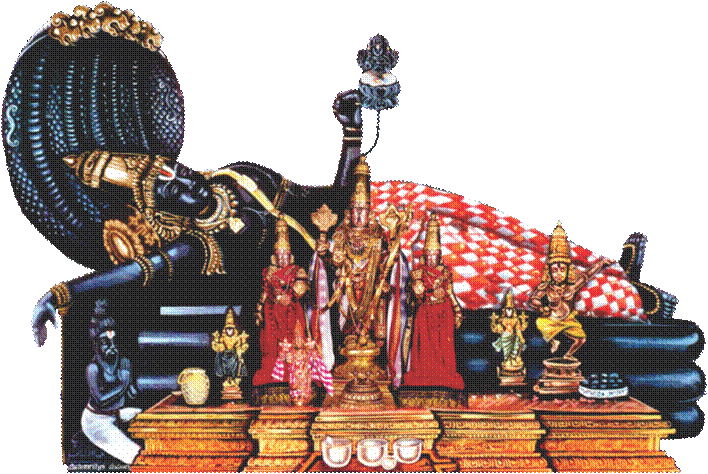 Lord Sri Veeraraghava Perumal
Lord Sri Veeraraghava Perumal
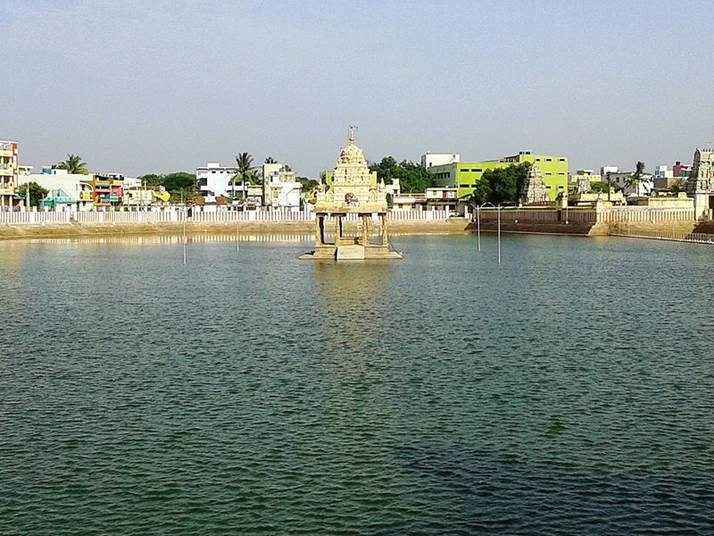 Hrittapanasini – sacred tank
Hrittapanasini – sacred tank
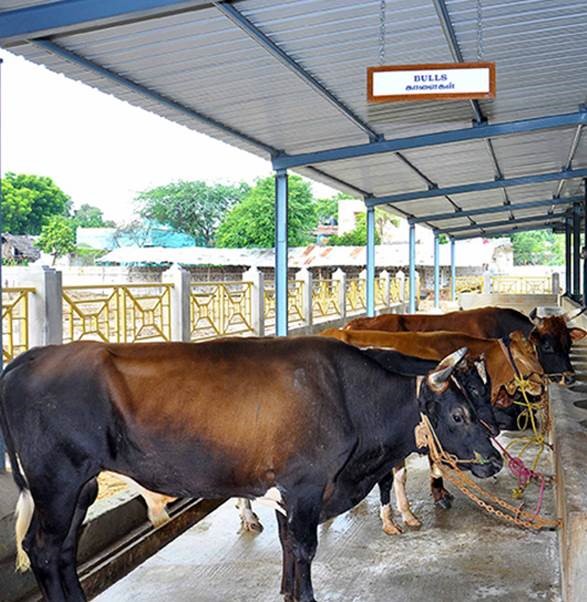 Goshala at Sri Veeraraghava Perumal Temple
Goshala at Sri Veeraraghava Perumal Temple
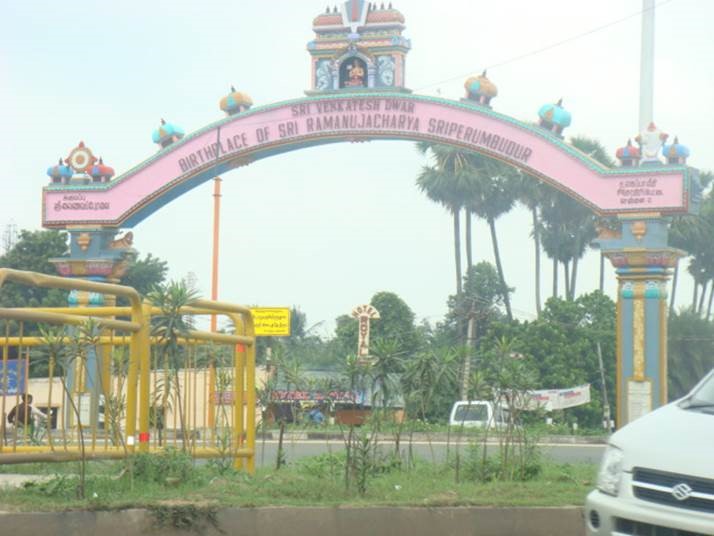
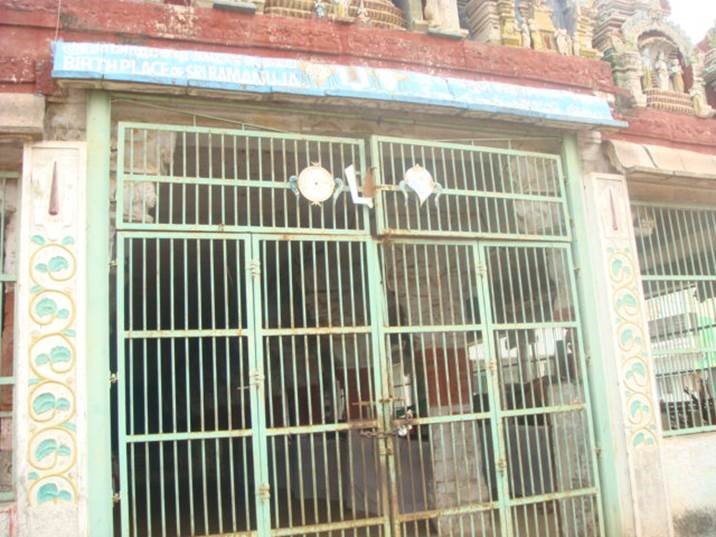 Mandap where Sripad Ramanujacarya appeared
Mandap where Sripad Ramanujacarya appeared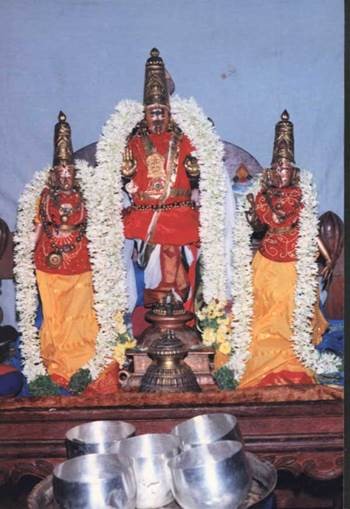 Lord Sri Adikesava Perumal at Sriperumbudur
Lord Sri Adikesava Perumal at Sriperumbudur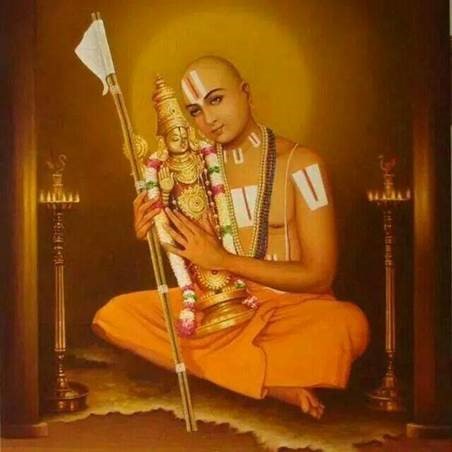 Sripad Ramanujacarya
Sripad Ramanujacarya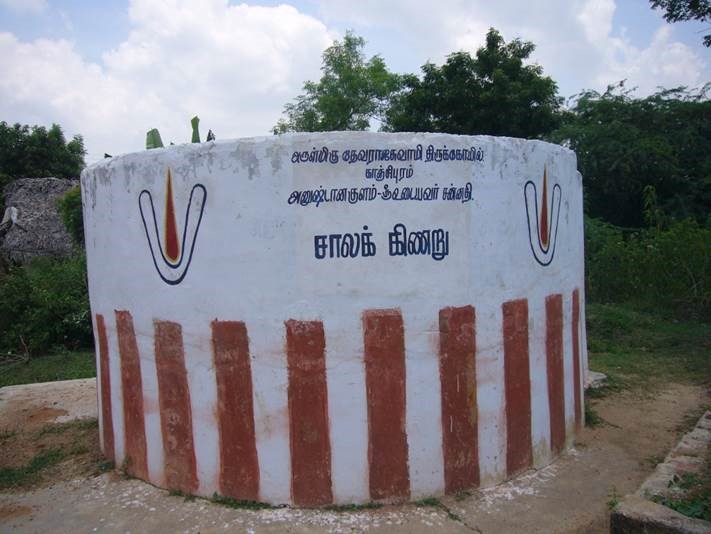

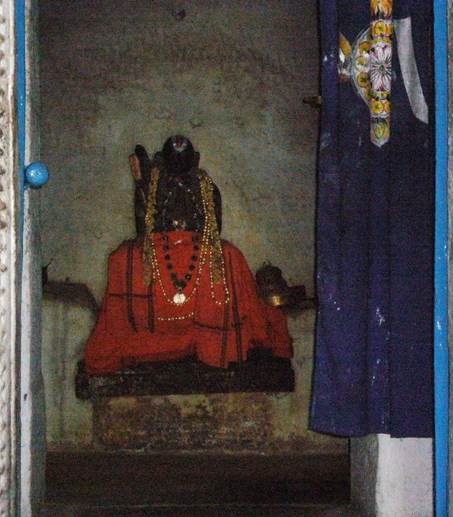
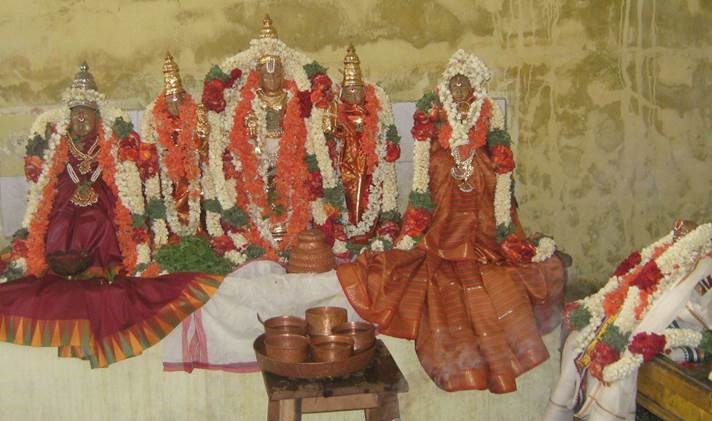
 Lord Sri Veeraraghava Perumal
Lord Sri Veeraraghava Perumal Hrittapanasini – sacred tank
Hrittapanasini – sacred tank Goshala at Sri Veeraraghava Perumal Temple
Goshala at Sri Veeraraghava Perumal Temple